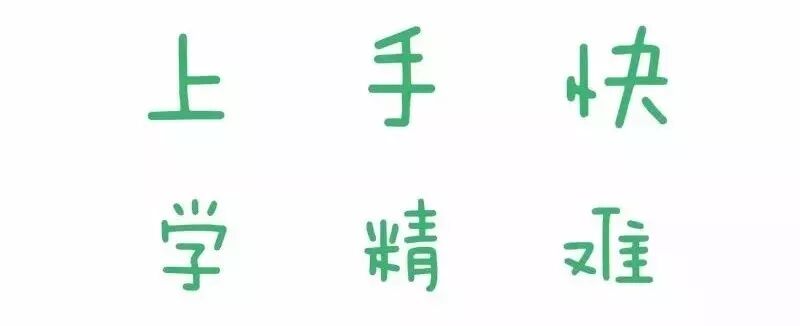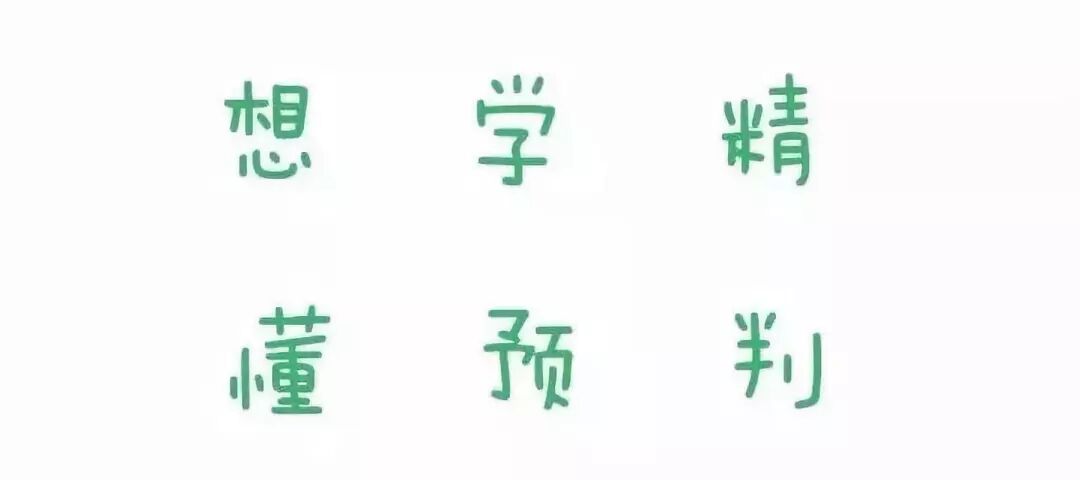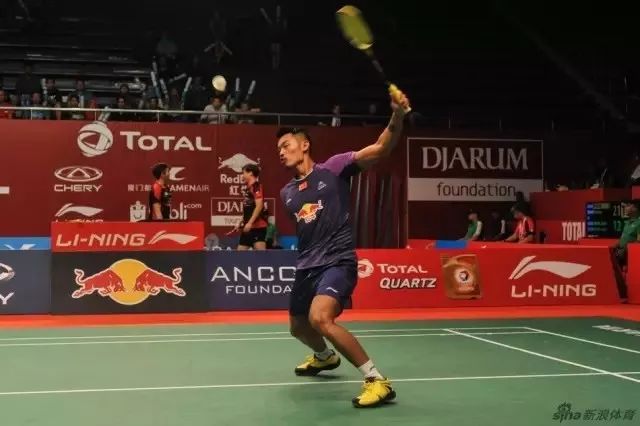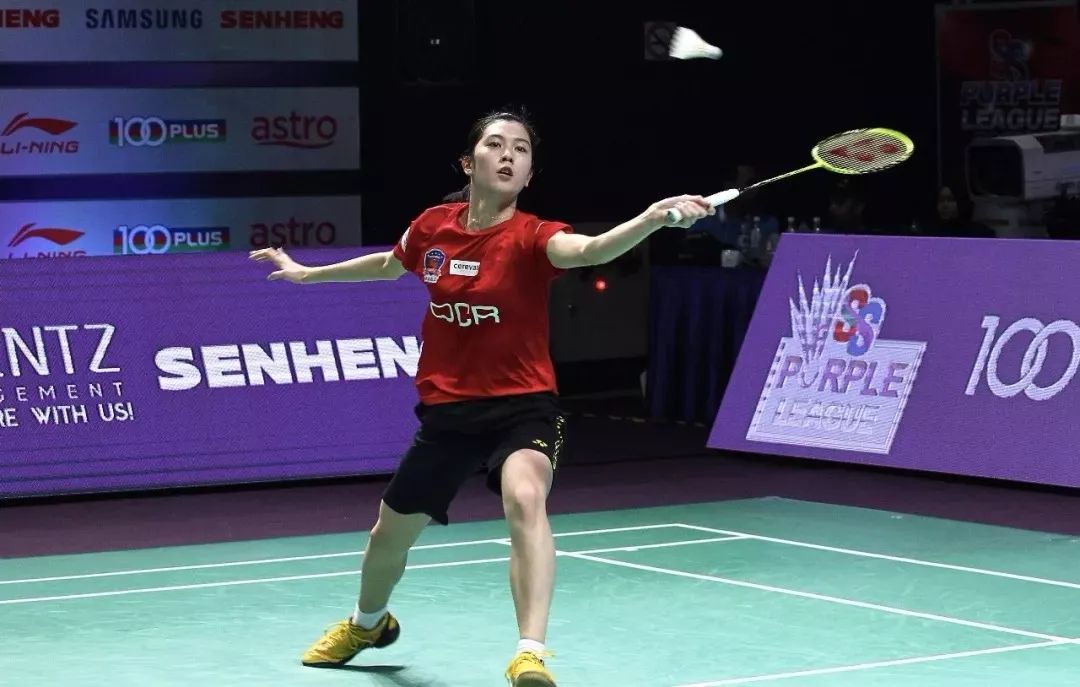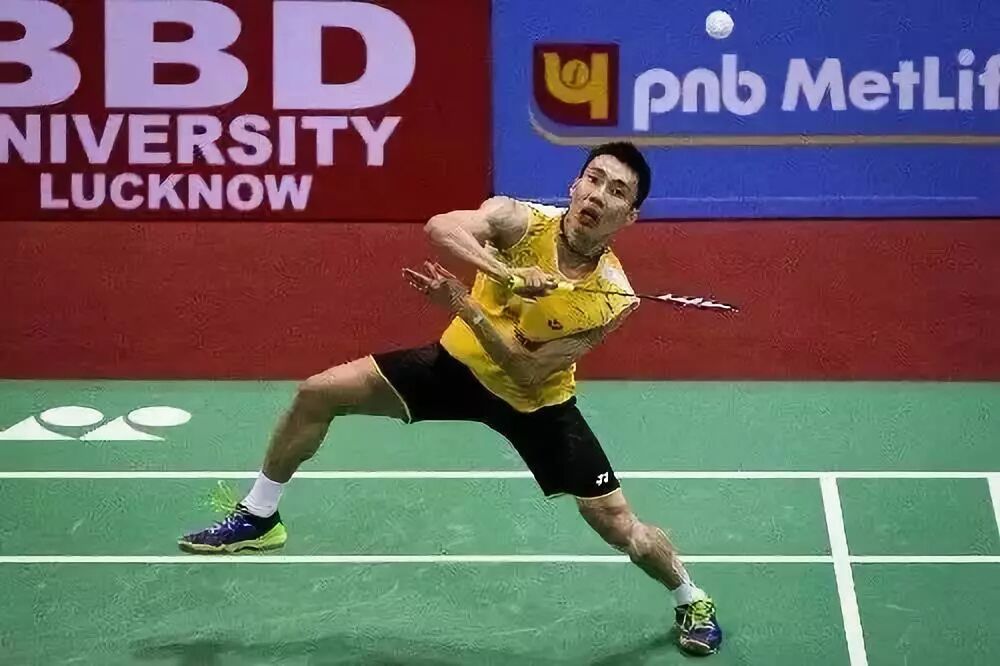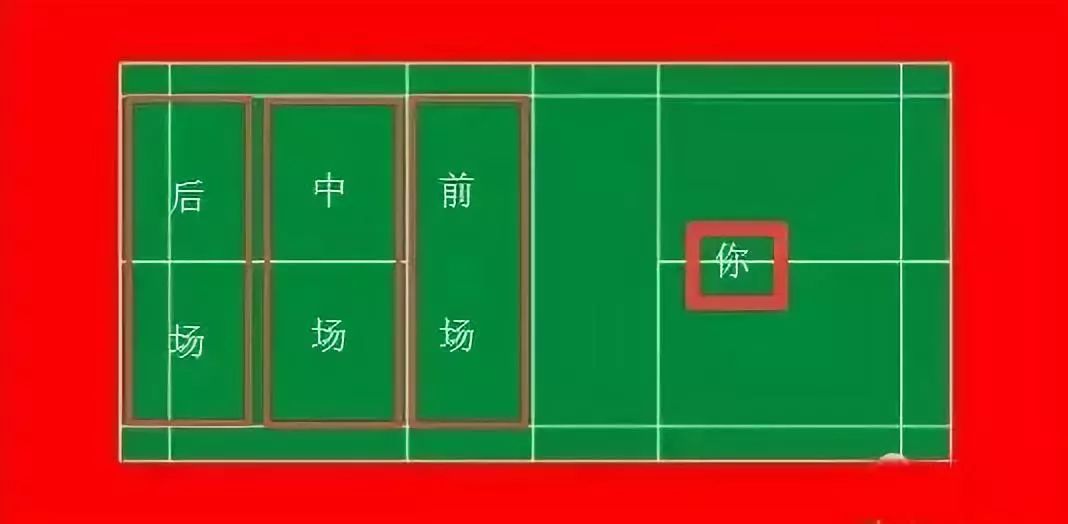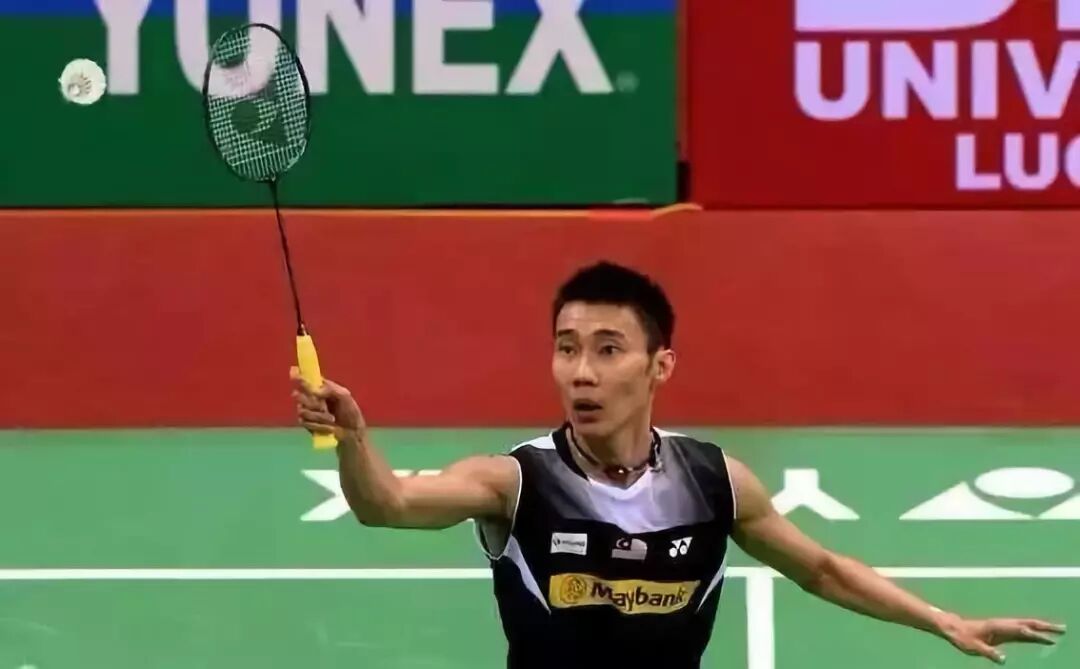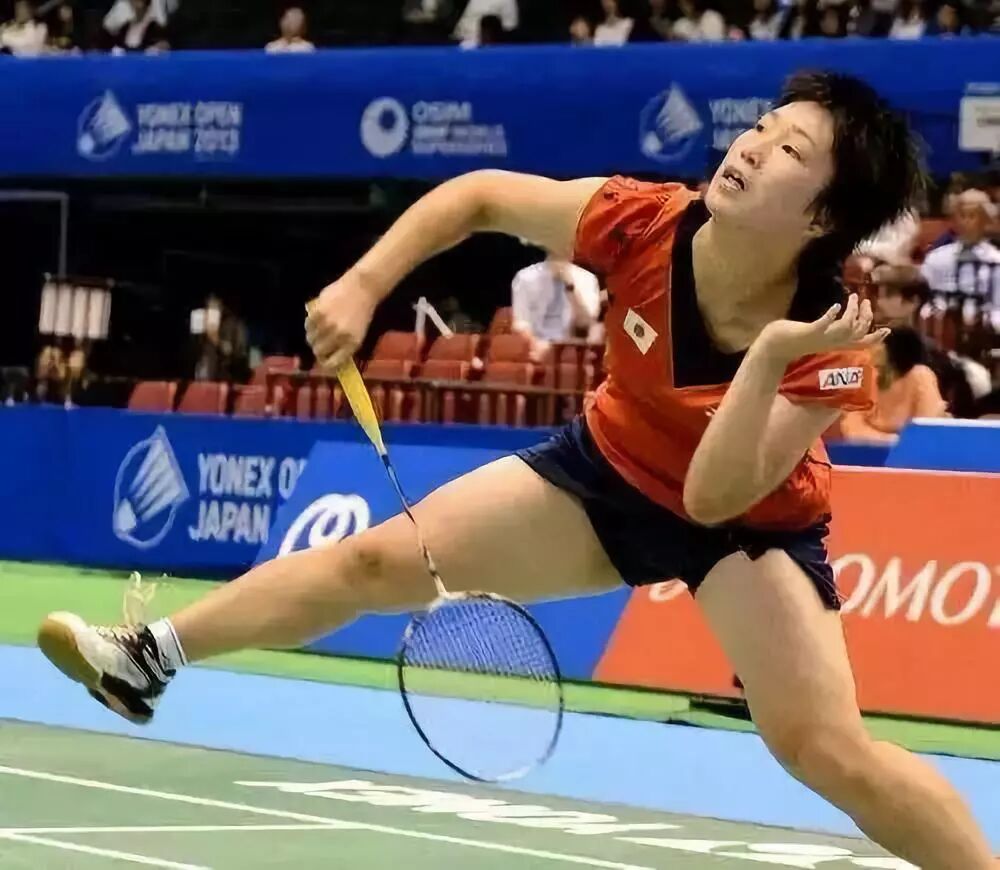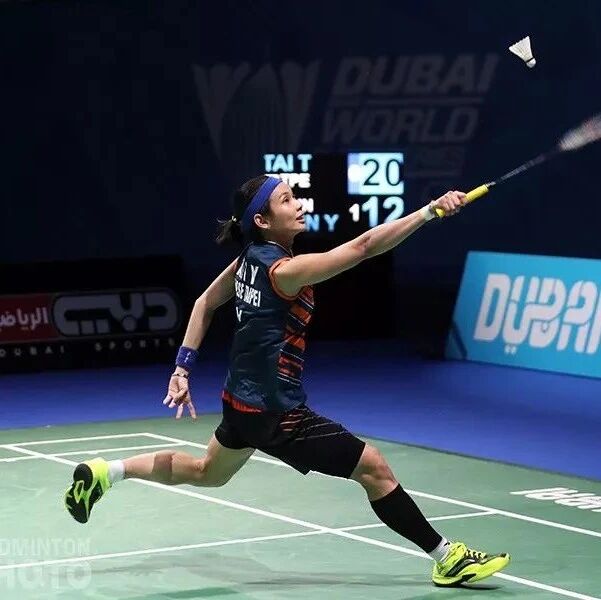
Badminton is a precision-based sport with highly flexible and versatile tactics, featuring intense competition. It is characterized by fast shuttlecock speeds and strict demands for consistent shooting techniques, making it a sport that requires advanced judgment and is both challenging and complex.
To react swiftly and accurately to incoming shots in a split second, you must possess the ability to efficiently scan for information and make quick decisions. This requires learning how to anticipate your opponent’s return. Only by reading your opponent’s movements can you truly understand their intended shot.
By combining observation of your opponent's hitting patterns with your own familiarity of how you typically return those shots, you can predict the likely trajectory of their ball—this is called anticipation.Once you’ve made your prediction, it’s time to take physical action. At this point, you should be prepared with two options: If you’re highly confident in your prediction, move into position early and wait for your opponent. But if you’re less certain about the play, don’t rush forward—instead, keep your mind focused on a general direction, mentally preparing your body to shift in that exact way.
Anticipation is a highly advanced mental activity that emerges from years of accumulated experience and careful analysis, enabling one to accurately predict an opponent's shot.
So, can prediction skills be developed gradually through learning and experience? The answer is yes. Let’s now explore the specific areas we should focus on to start improving our predictive abilities.1. Imagine yourself as a member of the team while watching the game.When watching major badminton matches, don’t just focus on the excitement—instead, imagine yourself as one of the players. That way, as you follow the game, you’ll constantly find yourself thinking: "How will my opponent handle this shot? And how would I react?"
If your own judgment differs from that of the athletes in the video, take a moment to reflect on why. By watching the game this way, you may notice how exhausting it is for the athletes on the field—but doing so can significantly enhance your ability to anticipate plays and even improve your tactical decision-making.
2. Start anticipating immediately after you finish your own shotIt's common to see players, after finishing a shot on the court, either waiting right where they are for their opponent's next move—or even returning to the center of the court after every single hit. This is a clear sign that they haven’t developed any real sense of anticipation, which is exactly what people often refer to as "inconsistent hitting." On the other hand, experienced players have long since mastered the art of making rough predictions based on their own swing feel, as well as their opponent’s positioning and catching motions.3. Observe the opponent's swing and the direction of ball contactBe adept at observing your opponent's return patterns, and focus intently on their racket movement just before contact—with your attention centered on both the swing itself and the precise moment the ball meets the racket.
Based on the opponent's swing speed, determine whether the incoming shot is played from the backcourt or the forecourt. And depending on the angle at which the racket makes contact with the ball, you can tell whether it’s a straight or cross-court shot—especially when judging the subtle variations between straight and cross-court shots in drop shots aimed at the net from the backcourt, which rely heavily on the precise angle of the racket at the moment of impact.The required information can be summarized into two points:① The direction of the incoming ball versus the direction of the swing;② Does the racket make direct contact with the ball, or is there an angle involved?4. Listen to the sound of your opponent hitting the ballIn badminton, decision-making is multifaceted: while the observation mentioned earlier primarily involves visually gathering information about your opponent, hearing also plays a crucial, often overlooked role in the process.
We can gauge how much power the racket is transferring to the shuttlecock by listening to the sound it makes upon impact. Smashing and high-clear shots produce loud, sharp sounds, while drop shots and drive smashes create noticeably louder noises—though these are still distinct from each other—whereas soft drop shots and net blocks barely make any sound at all.By using audiovisual cues, judging the hitting power and the angle at which the racket meets the ball can significantly improve accuracy.5. Observe the opponent's stance when they hit the ball.When the opponent hits the ball, there are generally three basic positioning scenarios: the net, the midcourt, and the backcourt.
If the opponent hits the ball at the net, the ball travels a short distance to your court, landing quickly with high speed. But if the shot is hit from the backcourt, the ball covers a longer distance to your court, taking more time to arrive—and thus moving slower.6. You need to pay attention to the height of the hitting point.When the hitting point is above the net, the incoming ball is usually fast—because the opponent strikes downward, allowing for powerful smashes or delicate drops. This technique enables them to target both the forecourt and deeper areas of the court, from the middle to the backcourt. Additionally, players can generate significant power during the shot, further increasing the speed of the incoming ball. On the other hand, when the hitting point is below the net, the player’s ability to generate force and execute precise shots is limited, resulting in a slower-moving ball.7. Focus on anticipating the opponent's ball trajectory.If the judgment is correct, even the trickiest angles can be saved—but once you misjudge, even the easiest-looking shot may become impossible to recover.
In defense, focus most of your attention on the opponent's most likely offensive strategies. Only by knowing yourself and your opponent thoroughly can you confidently assess the situation and take decisive action. It’s crucial to carefully analyze your opponent’s habitual playing styles and patterns—this will significantly enhance an amateur player’s ability to anticipate moves.8. Should be based on accumulated playing experienceAny frequent players surely know this: after making your own shot, you can quickly move to the next position to wait for the ball—often with a high success rate. That’s because you already anticipate how your shot will threaten your opponent and which return lines are most common in response. As a result, reading the game becomes second nature, almost instinctive, prompting you to effortlessly step into position and prepare for the next play. But mastering this skill takes years of consistent practice—it’s not something you can pick up overnight. So don’t rush; take it one step at a time.
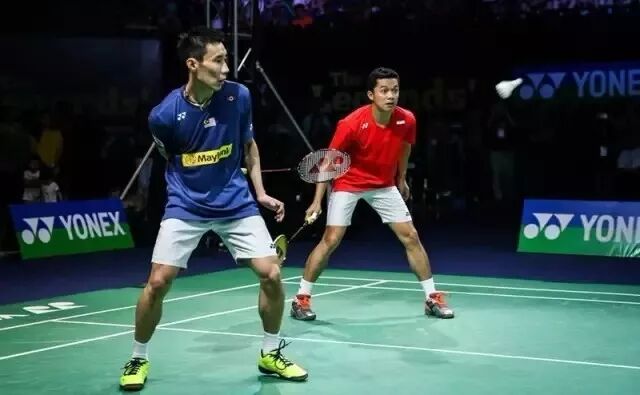 Anticipation is about mentally simulating, before your opponent even makes the shot, which possible trajectories their next ball might take. It’s a proactive mental rehearsal of the most likely outcomes they’ll hit, allowing your brain to refine its prediction right up until the moment of the actual swing. Almost simultaneously, your body springs into action—your subtle jump initiates, your feet start moving, and you execute the shot—all while seamlessly repeating this process over and over again.
Anticipation is about mentally simulating, before your opponent even makes the shot, which possible trajectories their next ball might take. It’s a proactive mental rehearsal of the most likely outcomes they’ll hit, allowing your brain to refine its prediction right up until the moment of the actual swing. Almost simultaneously, your body springs into action—your subtle jump initiates, your feet start moving, and you execute the shot—all while seamlessly repeating this process over and over again.
The ability to anticipate in badminton is essential, but it’s not suitable for every opponent. When your opponent’s skills far surpass your own, you should definitely stop trying to anticipate their moves—because their rapid, precise actions will leave you completely off balance. Instead, your focus should be on disrupting their rhythm and refusing to get caught up in their pace.Anticipation is key—quickly gathering information in an instant about your opponent’s intended shot direction and positioning, then swiftly reacting by moving into the optimal spot to strike the ball. Afterward, based on the quality and feel of your return, you can accurately gauge the speed and trajectory of your opponent’s next shot.
More article recommendations:
With quick and steady footwork in the backcourt, she no longer fears opponents maneuvering her left and right during doubles play.
Struggling even to keep up with top players? Here are 7 tips to help you master the endless art of the high, powerful shot.
If you want to play with less effort, make sure your swing technique is perfect!
Zhao Jianhua, Yang Yang, and Li Mao have prepared over 100 lessons for everyone, covering techniques like badminton net play, backhand cross-court hooks, and smashes. Click "Read the Original Article in the Bottom Left Corner" to check them out! If you're looking to improve your badminton skills, don't miss this opportunity—definitely worth it!

Click here to learn 100 lessons.

